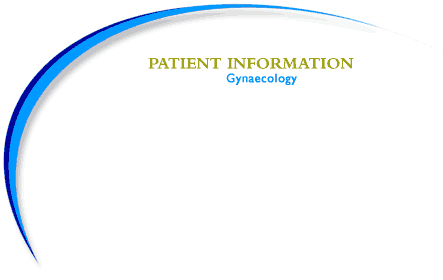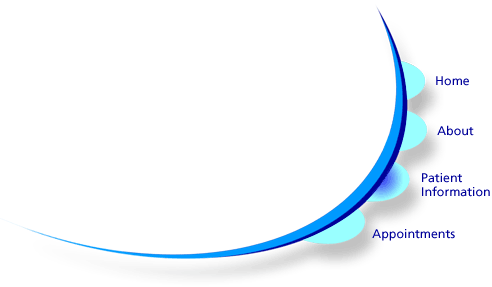|
Laparoscopy and hysteroscopy
• Laparoscopy is used to examine the abdomen to
investigate pelvic pain, ectopic pregnancy and infertility.
Hysteroscopy is used to examine the uterus to
investigate heavy and/or irregular menstrual bleeding,
or
postmenopausal bleeding. In both procedures, a small,
fibre-optic 'telescope' is used to see the internal organs.
• Both laparoscopy and hysteroscopy are usually
performed under a general anaesthetic as a day-case
procedure and take 15-20 minutes. Hysteroscopy can
also be performed under local anaesthetic as, much
more rarely, can laparoscopy.
• In laparoscopy, the instrument is passed through
a small
incision in the abdomen. A second incision may be
made so that a probe can be inserted to manipulate the
organs. Carbon dioxide gas is then pumped into the
abdomen to separate the tissues so that the organs can
be seen more clearly.
• In hysteroscopy, the instrument is passed along
the
vagina and through the cervix in order to examine the
lining of the uterus. No incision is made.
• Patients usually recover from hysteroscopy rapidly.
Following laparoscopy, however, patients may
experience a pain similar to a period pain or 'wind' for
up
to 1 week.
• Minimally invasive or 'key-hole' surgery can be
performed
using laparoscopy and hysteroscopy. This has the
advantages of reduced postoperative pain, a shorter
hospital stay, a smaller incision and therefore a better
cosmetic result than conventional surgery.
|




